Have you ever thought, what is the soul? Where does it reside? It is said that the soul is immortal. It changes bodies from life to life till liberation. How does the same soul get attached to a new body in a different life? The answer is ‘breath’. Breath is the thing that connects our body and the soul. Once the breath is gone, the body and soul get disconnected. Breath is the only thing that can take us toward the inner self, hence breathing exercises are of great importance. In this article, we will see some of the best breathing exercises.
Breathing exercises are popularly known as Pranayama. Just as the word yoga is one of wide import, so is the Pranayama. Prana means breath, respiration, life, vitality, wind, energy, or strength. Ayama means length, expansion, stretching, or restraint. Pranayama thus connotes the extension of breath and its control.
Why are Breathing Exercises important?
Just do this simple experiment. All you have to do is to observe your breathing for a whole day, essentially when your mood changes. You will notice that when you are angry, anxious, feared, or worried you breathe fast. On the contrary, you breathe slowly whenever you are happy, joyous, satisfied, or even when you are at rest. The experiment concludes that our emotions control the pace of our breathing. Likewise, our pace of breathing can control our emotions. When we get control over emotions, we get control over our minds and thus, control over our life. Breathing exercises also play a major role in your spiritual journey.
A Yogi follows the proper rhythmic patterns of slow deep breathing. These rhythmic patterns strengthen the respiratory system, soothe the nervous system, and reduce cravings. As desires and cravings diminish, the mind is set free and becomes a fit vehicle for concentration. By the improper practice of Pranayama, the pupil introduces several disorders into his system like hiccough, wind, asthma, cough, catarrh, pains in the head, eyes, and ears, and nervous irritation. It takes a long time to learn slow, deep, steady, and proper inhalations and exhalations.
Functions to control breathing:
To control breathing there are three functions, namely,
- Puraka: Inhalation or inspiration (filling up)
- Rechaka: Exhalation or expiration (emptying the lungs)
- Kumbhaka: Retention or holding the breath, a state where there is no inhalation or exhalation. Further, Kumbhaka can be classified into two states. There are two states of kumbhaka namely,
- Antara Kumbhaka: When breathing is suspended after full inhalation (the lungs being completely filled with life-giving air). Antara means inner.
- Bahya Kumbhaka: When breathing is suspended after full exhalation (the lungs being emptied of all noxious air). Bahya means outer or exterior.
There are numerous pranayamas. But we will see only a few easy-to-do yet highly beneficial ones. To perform pranayamas, you can sit in any posture you are comfortable in, Padmasana, Ardh–Padmasana, Vajrasana, Siddhasana, or Sukhasana. To learn more about postures, click here.
1. Omkar or AUM Chanting:
Modern science has also proved that the whole existence is reverberations, and reverberation is nothing but sound. The root sounds for the complex amalgamation of these sounds are Aa (ä), U (uu), and M (mä). Hence the sound “AUM” is also called the sound of existence. Aum chanting creates vibrations in the body that cleanse the aura. If you utter these sounds carefully, different aspects of the body get activated and energized.
Technique:
- Sit in any desired posture and make sure that your spine is erect. (Recommended posture is Siddhasana)
- Place your hands on your knees with palms facing upward.
- Close your eyes.
- Take 3 deep breaths to help you relax and focus.
- Now, inhale and with exhalation, open your mouth wide and start uttering ‘Aa’ (ä). While uttering ‘aa’, keep your focus on the belly region. You will start feeling vibrations in the area above the belly button and below the chest.
- Now shorten your mouth a little bit (mouth should make a round shape) and try to make the sound ‘U’ (uu). While uttering ‘u’, keep your focus at the center of your chest. You will feel vibrations in the chest region.
- Now close your mouth and start humming. It will create the sound M (mä). While humming, keep your focus on the throat. You will feel vibrations starting from your throat and they will move upward.
- Remember that you have to utter all three sounds in a single exhalation. Try to keep the span of each sound equal.
- You can perform this pranayama as long as you can. The more you do it, the more benefits you will get. However, 3-5 times a day is also a great number to start.
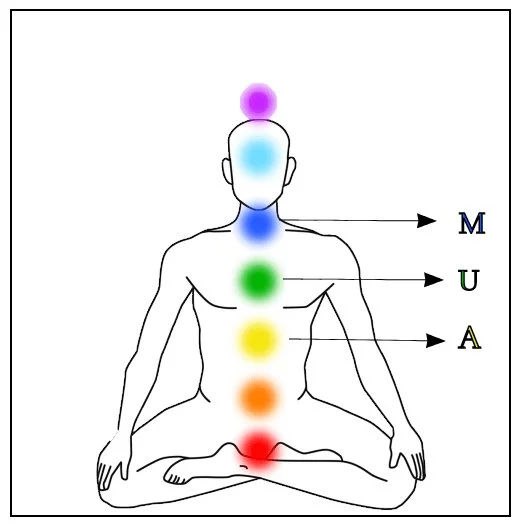
Benefits:
- Helps in curing psychological disturbances like excessive fear, nightmares, unstable mind, etc.
- Helps in increasing immunity.
- Extremely beneficial for the students in increasing concentration.
- Overall, beneficial for better mental health.
2. Bhastrika or Bellows Breath:
Bhastrika is a very powerful pranayama. It is popular among yogis because it instantly energizes the body and instills silence in the mind. It is also called a yogic breath of fire.
Technique:
- Sit straight with your spine erect. (Recommended posture is Vajrasana)
- Keep your hands on the knees with palms facing upward.
- Close your eyes.
- Inhale deeply through your nose and fill your lungs. (Try to fill your lungs fully, not the belly.)
- Now, forcefully exhale through your nose.
- Repeat this from 50 to 100 times daily. (Minimum 1 Min. daily)
- You can reduce or increase the speed of breathing as per your capacity.
Benefits:
- Any respiratory and sinus problems can be cured with Bhastrika pranayama.
- Repeated deep breaths increase the oxygen intake in the body. This oxygen will help revitalize the brain cells and other body cells too.
- Spiritually, it is said that the Bhastrika break opens the mental and emotional knots of the person, which blocks his/her evolution.
Precautions:
- People with Heart disease, Hypertension, Hernia, back pain, and general weakness should perform it very slowly. (Inhale time: 3-4 secs)
- Don’t try to overperform. Do it at your own pace at which your body feels comfortable.
3. Kapal Bhati or Shining Forehead Breathing:
Kapal Bhati translates to the shining forehead. The one who does Kapal Bhati regularly, his/her face starts glowing. Scientific research has proved that Kapal Bhati is a great cardio exercise and while doing it, body responses are the same as running. It can stimulate and detoxify all 72000 nadis (energy channels) in the body. Kapal Bhati pranayama increases heat in the body to detoxify and clean the system. As we heat the milk to kill the microbes and keep the milk safe. In the same manner, Kapal Bhati heats the body from the inside and detoxifies the system.
Technique:
- Sit straight with your spine erect.
- Close your eyes.
- Keep your hands on the knees with palms facing upward.
- Relax the body.
- Inhale deeply through your nose.
- Expel the breath through your nose by forceful compaction of abdominal muscles.
- Now keep exhaling as mentioned in the above step. Do not worry about inhalation. The body inhales automatically between two exhalations, like the mechanism of the handheld rubber air pump. We are pumping air out of the body.
- Practice this pranayama for at least 4 minutes (200-250 strokes) daily. Try not to stop until all strokes are done.
- You can increase the count/speed over time. For beginners, 60 exhalations/minute is a good speed to start with.
Benefits:
- Helps in reducing hypertension.
- An incredible tool for weight loss.
- Naturally purifies the blood, thus helping in balancing cholesterol, blockages, sugar, and weight.
- It massages all abdominal organs, hence it is useful in curing intestine, and liver disorders.
- Useful in treating hemoglobin deficiency and other mineral/vitamin deficiencies.
- It is a great cardio exercise, hence useful for maintaining heart and lung health.
- Naturally increases the glow of your skin.
Precautions:
- While exhaling, do not stretch your upper body. There should be no movement other than abdominal muscle contraction.
- People with backache should not perform this pranayama.
- Keep the force gentle during exhalation. Doing it with extra force may cause backache.
4. Agnisaar or Fire Wash breathing:
Agnisaar is derived from two root words, The word ‘Agni‘ means Fire, and ‘Saar‘ means flush. It helps in regulating body heat. Agnisaar gives the best results when performed immediately after Kapal Bhati.
Technique:
- Sit straight with your spine erect.
- Close your eyes.
- Keep your hands on the knees with palms facing upward.
- Relax the body.
- Inhale deeply through your nose.
- Exhale completely.
- Start contracting and expanding the stomach. Do it as many times as you can before the next inhalation.
- 10 times in one go is a good number to start with.
- Practice this for at least 1 minute daily.
Benefits:
- Works mainly in the stomach region.
- Regulates the body heat.
- Regulates the digestive fire, hence improving digestion.
5. Sheetali or Cooling Breath:
In the heat of the summer, Sheetali breath is very useful in keeping the internal body temperature normal. The cooling effect of this kriya is penetrating and deep.
Technique:
- Sit straight with your spine erect.
- Close your eyes.
- Keep your hands on the knees with palms facing upward.
- Relax the body.
- Bring your tongue out and fold it from the sides to make it a tube as shown in the image below.
- Inhale slowly through your mouth and take your tongue back inside.
- Exhale through your nose. (Feel the excess heat getting flushed from your body)
- Repeat step no. 5.
- Practice this kriya for at least 1 minute daily.
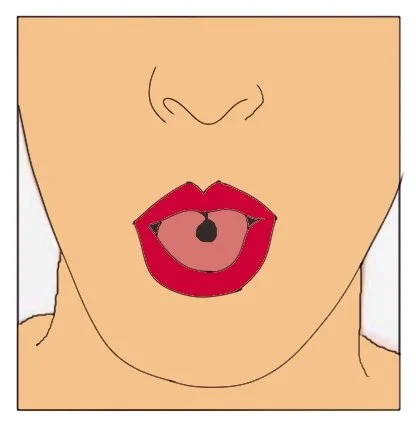
Benefits:
- Useful for all heart-related diseases like ulcers, acidity, pimples, rashes, anger, stress, etc.
- Regulates the body heat and rejuvenates the mind.
6. Anulom Vilom or Alternate Nostril Breathing:
Anulom Vilom is also known as the ‘Naadi Shodhan‘ Pranayama. Naadi means energy channels in the body and shodhan means cleansing. There are two main naadis in the body, ‘Ida’ (Feminine energy channel or The Moon channel) and ‘Pingala’ (Masculine energy channel or The Sun channel). The moon channel connects to the left nostril and corresponds to the right hemisphere of the brain. Likewise, the sun channel connects to the right nostril and corresponds to the left hemisphere of the brain. Practicing Anulom Vilom brings equilibrium between both channels which results in a heightened state of awareness and perception.
Technique:
- Sit straight with your spine erect. (Recommended posture is Siddhasana)
- Close your eyes.
- Place left hand on the left knee with palm facing upward.
- Make ‘Vaayu Mudra’ or an Air gesture with your right hand. It is shown in the image below.
- Close the right nostril with the thumb of the right hand, and breathe in deeply through your left nostril. Remember, always start this pranayama with the left nostril.
- Now with the ring finger and the middle finger, close the left nostril. Open the right nostril and exhale slowly through it.
- Keeping the finger’s position as it is, inhale deeply through the right nostril.
- Now close the right nostril with the thumb, open the left nostril, and exhale. This completes one cycle of anulom vilom.
- Now repeat step no. 5 and so on.
- Try to keep the length of inhalation and exhalation, roughly the same.
- Do this kriya for at least 4 minutes daily and be mindful of your breathing throughout.
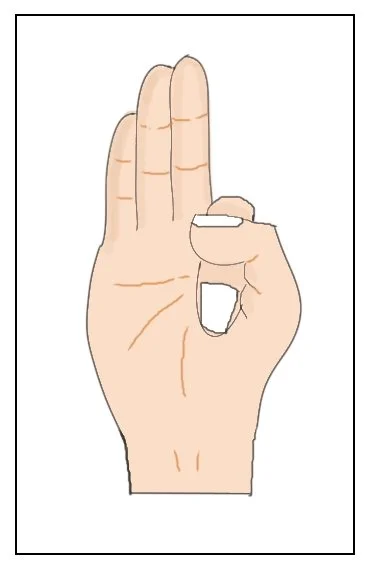
Benefits:
- Extremely beneficial for mental health.
- Helps in cleansing energy channels in the body.
- Beneficial in the brain development of students.
7. Bhramari or Bee Breathing:
Bhramari pranayama is very effective at calming your mind down right away. It’s one of the best breathing exercises to rid your mind of agitation, frustration, and anxiety. It can also help to prevent anger. Since it’s a simple technique to perform, it can be practiced at work, at home, and anywhere in between. It’s an instant option available to de-stress yourself.
Technique:
- Sit straight with your spine erect. (Recommended posture is Siddhasana)
- Close your eyes.
- Close your ears with your thumbs. Place index fingers just above the eyebrows and the rest of the fingers on your eyes. (Do not put pressure on the eyes)
- Touch your tongue to the palate and close your mouth.
- Take a long deep breath through your nose and while exhaling, make a humming sound of ‘Aum’.
- During humming, feel the reverberations in your head.
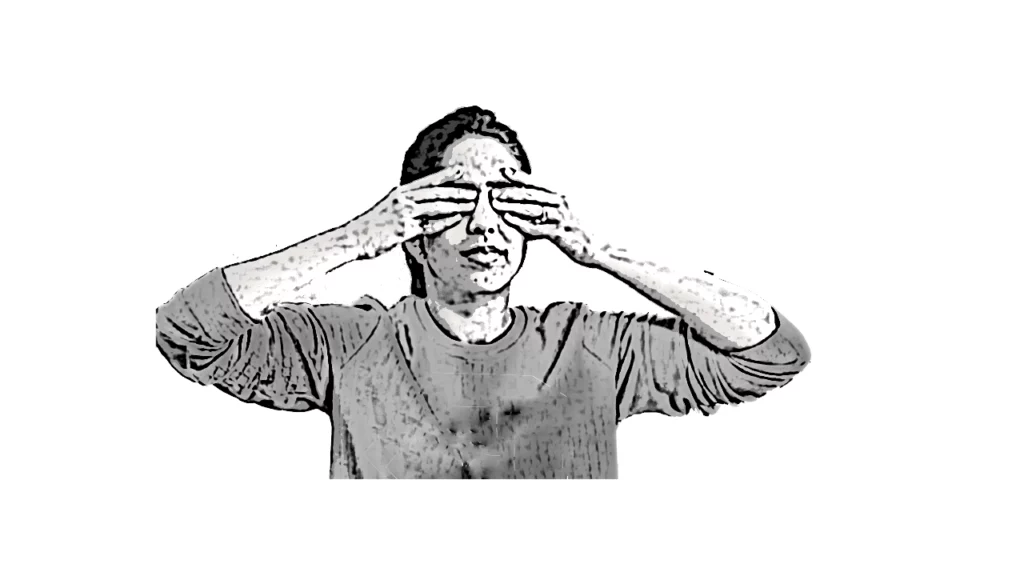
Benefits:
- Helps in calming the mind.
- Activates the nerves in the brain.
- Relaxes the nervous system.
- Regulates metabolism.
- Stimulates the vagus nerve.
Conclusion:
We have seen a few breathing exercises and their benefits. Breathing exercises can be a great way to improve your overall health. They can help you to relax, clear your mind, and increase your energy, also they can be beneficial in treating some ailments or diseases. There are a variety of different breathing exercises that you can try, but the above exercises are more than sufficient to keep you healthy. Make sure you are aware of your breath throughout the practice (It will intensify the benefits).
To learn more about yoga, please visit Yogtastic.
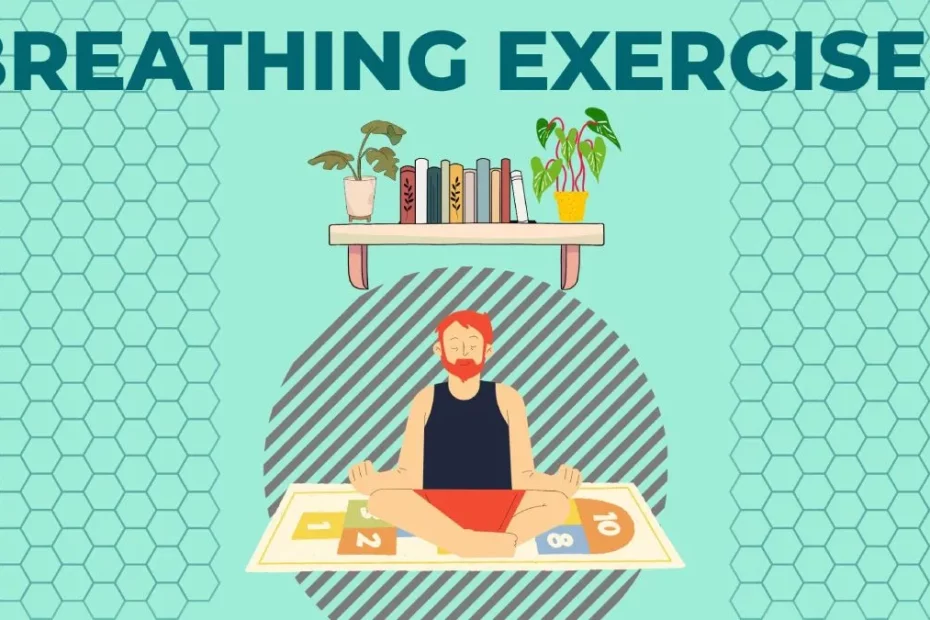
Pingback: Everything You Need To Know For The Safe Yoga Practice - All About Yoga
Everything is very open with a really clear explanation of the issues. It was really informative. Your website is very useful. Many thanks for sharing!
Pingback: The Most Natural Immunity booster Yoga: Lymphatic Pumping
Marvelous, what a web site it is! This website gives useful data to us, keep
it up.
This is one of the best articles I’ve read on this topic. Your detailed explanations and practical advice are greatly appreciated.
Thanks for the great resource.
I learned something new today.
This is really well-researched.
This article is a fantastic resource. Your detailed explanations and practical advice are greatly appreciated.
Great article! I really appreciate the clear and detailed insights you’ve provided on this topic. It’s always refreshing to read content that breaks things down so well, making it easy for readers to grasp even complex ideas. I also found the practical tips you’ve shared to be very helpful. Looking forward to more informative posts like this! Keep up the good work!
Fantastic job covering this topic in such depth! Excellent post with lots of actionable advice! I appreciate the detailed information shared here. The content in this blog is truly eye-opening. This article is a treasure trove of information! Thanks for taking the time to put this together! I enjoyed reading this and learned something new. Thank you for breaking down complex concepts so clearly. Thank you for breaking down complex concepts so clearly. Thanks for taking the time to put this together!
This blog stands out among others in this niche. Excellent post with lots of actionable advice! I’ve been searching for information like this for a while. I’m bookmarking this for future reference. This blog stands out among others in this niche.